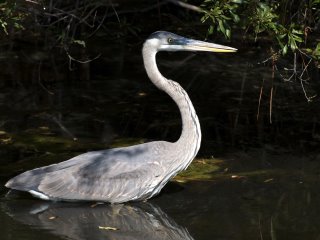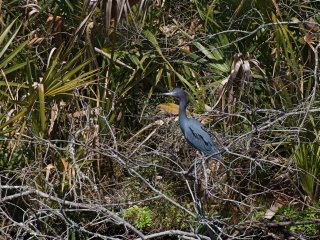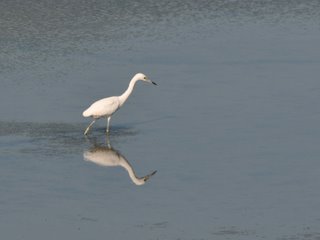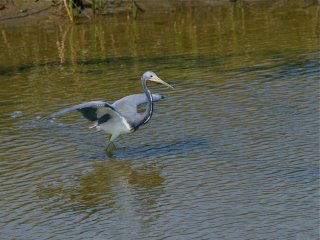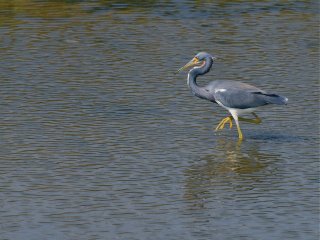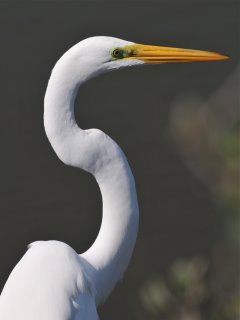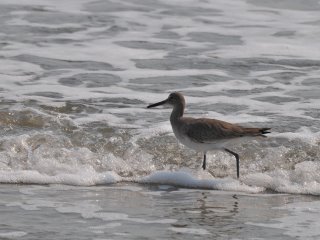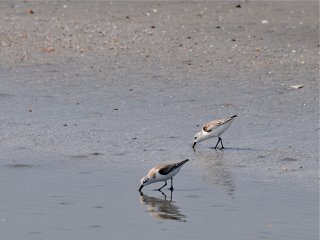About 8:30 this morning a gray-brown thrush with prominent dark spots on its breast and a wide-eyed look perched for just a moment on a low branch on the edge of our yard. It flew into thick shrubs before I could get a good look, and I wasn’t able to find it again later, so I’m not sure, but think it may have been a Swainson’s Thrush, passing through on its migration north.
At about the same time, a Louisiana Waterthrush sang from very far down the creek, almost too far away to hear at all. It sang three times, but was so distant that it was almost like a wish or a wisp of my imagination, though it was real enough, the first of the season here. Although I’ve been listening for their loud, ringing song – usually the anthem that marks the arrival of spring here – I have not yet heard one in their usual territory along the creek in the woods behind our house.
I also have not yet heard or seen a Black and White Warbler or a Blue-headed Vireo, usually our other two earliest migrants, and harbingers of spring. Maybe I’m just impatient, but a quick check of my journal notes confirms that in previous years, all three of these species have been here by now.
Meanwhile, almost all of our resident birds are singing now so the early mornings sound like spring – Carolina Wren, Cardinal, Phoebe, Titmouse, Chickadee, Pine Warbler, Chipping Sparrow, Eastern Towhee, Brown Thrasher, Eastern Bluebird, and House Finch, plus the quuurrr calls of Red-bellied Woodpecker and whinny of Downy Woodpecker, the kleer! of a Northern Flicker, the clucking of a traveling Pileated Woodpecker, the squeaking of a Brown-headed Nuthatch and the coo of a Mourning Dove. A little later in the morning, there’s often the kee-yer call of a Red-shouldered Hawk. A couple of Mockingbirds sing now and then, but for the most part I don’t think they’ve really gotten serious yet.
Some of our winter residents are singing, too, including the sweet, plaintive whistles of White-throated Sparrows and the lively jumbled tune of a Ruby-crowned Kinglet. Every now and then I hear the ti-ti-ti of Golden-crowned Kinglets in the pines, and there are still lots of Pine Siskins chirping. Dark-eyed Juncos are more quiet, feeding on the ground or in the grass or low branches. Small flocks of Cedar Waxwings still perch in the trees and send out sprays of their high, thin seets. Yellow-rumped Warblers chase each other in and out of shrubs, calling check!
Flocks of Robins are scattered over grassy yards, and several have begun to sing, and there are still a few Red-winged Blackbirds, Common Grackles, and even a few Rusty Blackbirds, plus several Brown-headed Cowbirds, though not the large blackbird flocks of January and February.
